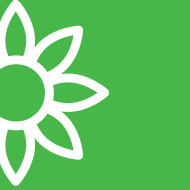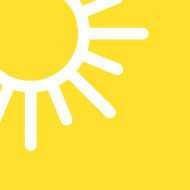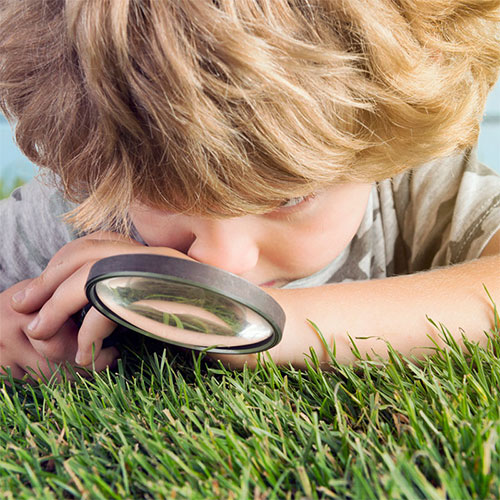Home » Bugs » Subterranean Termites »
Active Seasons


Formosan Termite Appearance and Size Facts
Formosan termites are a species of subterranean termites known for their aggressive approach to feeding on wood in homes. Colonies can grow into the millions, making them hard to get rid of. Formosan termites have the following traits:
- Yellowish-brown or tan appearance
- Long, narrow bodies and large heads
- Worker termites can be white in color
- Around 0.5 inches in length
- Swarmer termites will have wings around the length of their bodies
Identifying Formosan Termites From Other Termites
Telling Formosan termites apart from other species of subterranean termites can be quite difficult. Formosan termites look similar to Asian subterranean termites, but Asian subterranean termites are typically darker brown in color, while Formosan termites are a yellow color.

Behavior and Habitat of Formosan Termites
Like other subterranean termites, Formosan termites typically live underground, mostly coming above ground to swarm in the spring. Formosan termites are notorious for being one of the most invasive species of termites and can consume wood at an alarming rate. Colonies of Formosan termites can grow several times larger than other species’ colonies.

Signs of Infestation of Formosan Termites
Worried you may have Formosan termites? Here are some common signs to look for:
- Swarms, especially near window sills and other light sources
- Piles of broken wings
- Mud tubes around your home’s foundation or walls
- Wood damage and soft spots in hardwood floors
- “Waffling” layered damage to wood
- Hollow floors and/or walls

Tips for Prevention of Formosan Termites
Similar to preventative measures for other termite species, you’ll want to make your home as unattractive to termites as possible, removing anything that could attract them. Remove any wood or paper materials that may become damp, keep plants and flower beds at least a foot away from your home, and avoid storing wood next to your home.
Getting Rid of Formosan Termites
If you think you’re dealing with Formosan termites, you need to get professional help as soon as possible. Only pest control experts, like those at Hulett, can reliably get rid of a destructive termite infestation. Time is of the essence since termites can cause damage to your home quickly.
Effective Formosan Termite Control Solutions
When you have a termite problem on your hands, it’s time to call Hulett. We’ve provided reliable termite control in Florida for thousands of satisfied customers, and we’re ready to help you, too. Our professional technicians use an effective Sentricon termite baiting system to eliminate Formosan termites. Schedule your free inspection today, or call us for more immediate service.



